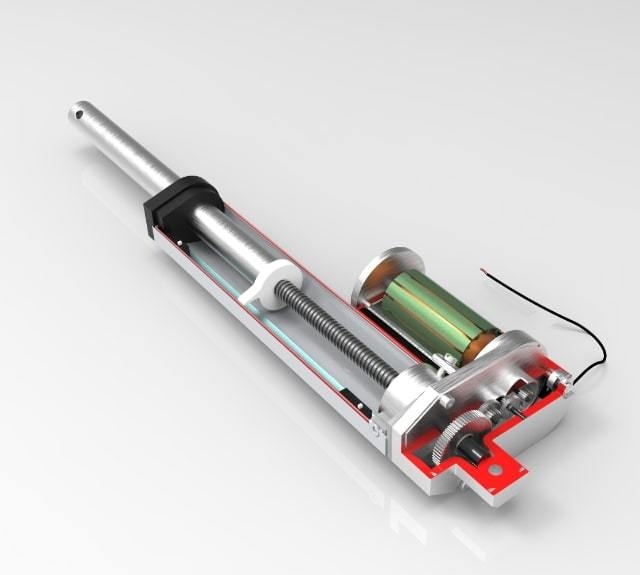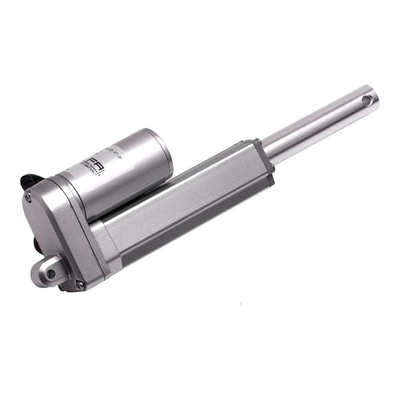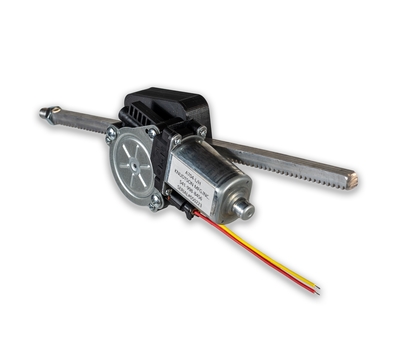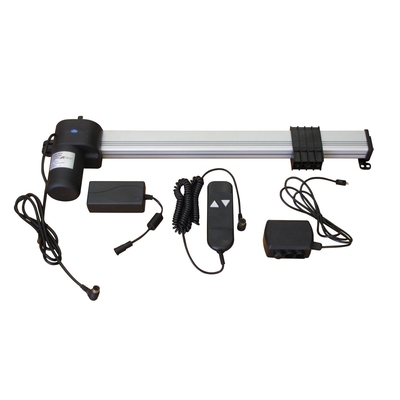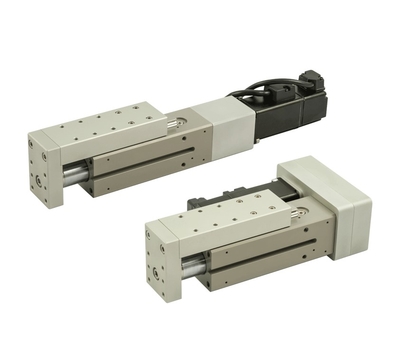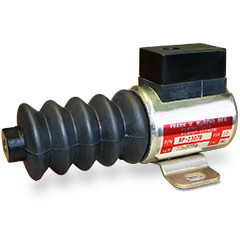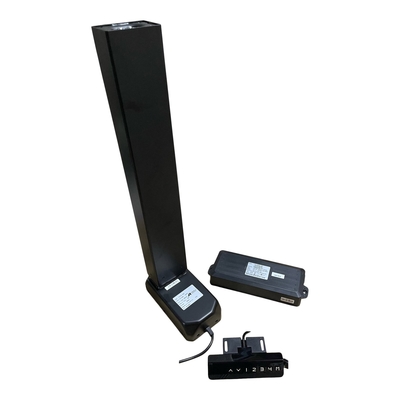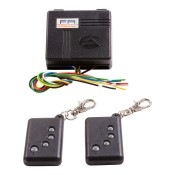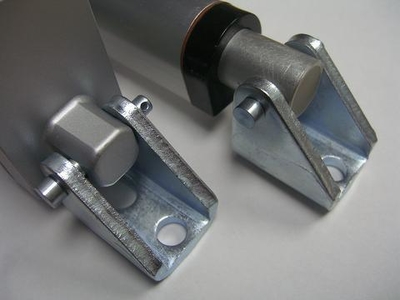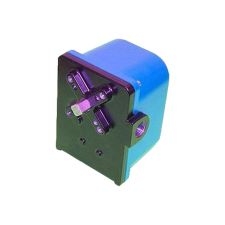Electric Actuators- Rod Style, Rodless, Solenoids and more
Electric actuators, controls, and accessories- A huge selection, shop now below!
Most electric linear actuators operate by converting the rotary motion of an electric motor into linear motion of a rod or shaft (Rod Type Actuators). The motor turns a drive gear, typically a spur gear or worm gear, which is engaged with a driven gear attached to a threaded rod inside the housing. As the threaded rod spins, a nut with matching thread is forced to move up or down (depending on the motor direction) the threaded rod in a linear fashion. A hollow output shaft (the visible moving member) is attached to the moving nut, and as the nut moves along the threaded rod, this shaft provides linear motion to perform the desired work. Below is an example of the internals of a Firgelli Automations Classic linear actuator. In this case, the nut contacts internal limit switches to shut the motor off at full extend and full retract, which is very common. The amount of movement between these limit switches is the actuator's "stroke length".
